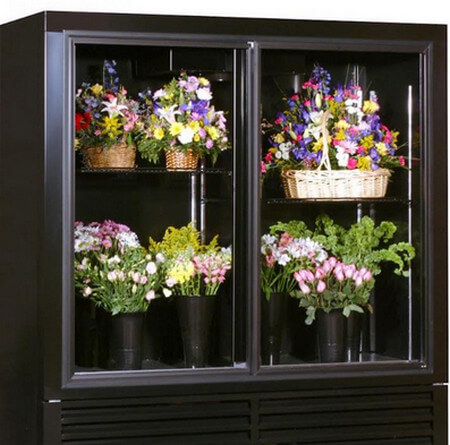Keep Your Business Going With Our Expert Commercial Refrigerator Repair Service in Queens
Why Choose Us For Queens Refrigerator Repair Services
- Need Commercial Refrigeration Appliance Repair Repairman Queens?
- Affordable Queens, New York Commercial Refrigeration when you need it most.
- Quick and we're open today!
- Have commercial kitchen appliance problems? Call us for Commercial Refrigeration Appliance Repair repair quotes Queens.
- Best Commercial Refrigeration Appliance Repair Maintenance and Repair Services Queens, New York, free service call with the completed repair.
- Commercial Refrigeration Appliance Repair near me Queens, 11358, when you need expert repair or maintenance services. Contact Us Now for an appointment. We'll send a technician promptly.
- For an experienced Commercial Refrigeration Appliance Repair company in my neighborhood, contact us to schedule a specialist now!
The Ultimate Guide To Top Common Refrigerator Repairs Queens New York
Many refrigerator repair work might have been avoided or carried out by the owner or even user of the hardware. The kinds of troubles are usually brought on by not recognizing how the equipment operates. By understanding the movement of heat most situations may be understood.
>p>If coolers make items cool then why not check out the movement of cold? We cannot accomplish this given that “cold” does not actually exist. It is only the absence of warmth. We can not put cold inside something; we can merely remove the warmth out of it. And so recognizing the motion of heat is vital.Heat circulates from an area of more heat to an area of much less heat. This is the foundation of all refrigeration. If you put hot food in a fridge, the warmth will vacate it. If you lay frozen food in a fridge, heat is going to move into it triggering it to defrost.
For this particular instance, there is an excess of warmth in the item to be cooled down. Let’s say the food is room temperature at 70 degrees Fahrenheit. The heat circulates into the air in the fridge that is 38 degrees Fahrenheit.
The compressor boosts the pressure and temperature level of the refrigerant so the warmth can stay moving. The temperature level of the refrigerant is generally 20 degrees higher than the encircling air. The heat flows out of the condenser coils and into the air. This is the heat you can easily feel coming off of refrigeration coils. It is the heat from the heat extracted from inside the box plus a little extra brought in by the task of the compressor.
The heat can be followed up the a/c unit in a similar way. It is absorbed via the evaporator in the air handler. It takes a trip through the refrigerant and is rejected by the condenser coils in the outside unit. Central air conditioning is a style of high-temperature refrigeration.
The demand for refrigerator repair work takes place as soon as the movement of heat is hampered. Then the box is way too hot. A bad evaporator fan motor, dirty evaporator coils or even an overfilled box prevent the warmth from getting to the evaporator coils.
A leak indicates there is inadequate refrigerant to transport the heat. A bad compressor or thermostat indicates the refrigerant is not transferred throughout the circuit.
An unclean condenser or faulty condenser fan motor prevents adequate air from flowing to take in the warmth. Because heat streams from locations of more to less, hot encircling air makes it harder for the heat to stream throughout it. This is the reason that your a/c unit operates better on mild days that on very hot ones.
By finding out precisely where the heat is having an issue flowing, you usually have identified the trouble. Refrigerator repairs are much easier using this standpoint. The following procedure is to comprehend what the unit is expected to be doing.
Providing High Quality Commercial Refrigerator Repair Solutions
FAQ
Most frequent questions and answers

Facing refrigeration issues? Schedule your service with Aster Commercial Refrigeration Services now at 646-392-8169 and get back to business!
Independently Owned and Operated
© 2024 All Rights Reserved
Aster Commercial Refrigeration Services Queens NY

